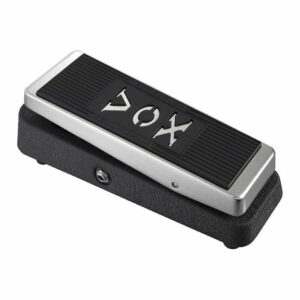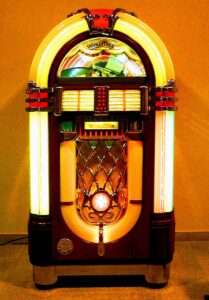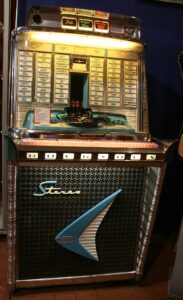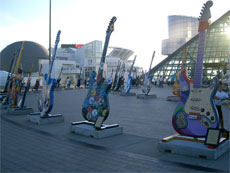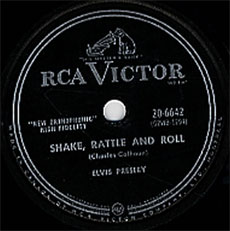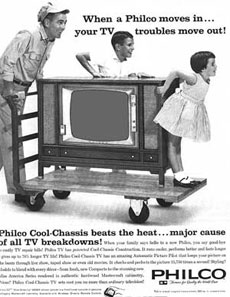If rock and roll had a heartbeat, it would probably be coming from an electric bass guitar.
The electric bass didn’t just join the band—it helped build the stage. With its punchy tone, deep groove, and rhythmic backbone, the electric bass guitar brought a new kind of muscle to the music of the 1950s and beyond. From Motown to Monterey, it was the low-end thunder that kept toes tapping, hips swaying, and bands driving full speed ahead.
The New Kid on the Block
Before the bass guitar came along, bands relied on the upright double bass to hold down the rhythm section. Big, bulky, and difficult to amplify, the upright was a workhorse with a mellow sound. But as rock and roll got louder, wilder, and more electric, it needed a bass that could keep up. Enter the electric bass guitar.
Invented by Paul Tutmarc in the 1930s, the first electric basses didn’t make a big splash. It wasn’t until Leo Fenderintroduced the Fender Precision Bass in 1951 that the world took notice. This sleek, fretted, solid-body bass guitar was a game-changer. Suddenly, bassists had a portable, reliable, and powerful instrument that could go toe-to-toe with drums and electric guitars in a live setting.
A Sound You Could Feel
The difference between a stand-up bass and a Precision Bass wasn’t just in shape—it was in sound and style.
- Tone: The electric bass was sharper, punchier, and more articulate. It could cut through a mix and create a groove you could feel in your bones.
- Volume: Plug it in, turn it up, and it could boom across a stadium.
- Portability: No need for a van just to haul your bass to the gig.
- Versatility: Picks, fingers, slap, pop—players explored new sounds with new techniques.
And most importantly, the electric bass could be shaped and sculpted through amplifiers and pedals, becoming a creative tool in its own right.
Holding It Down in the Golden Age
The 1950s and ’60s were the golden age of rock, and the electric bass was right there in the thick of it. Suddenly, bands had a new sonic anchor. You could hear it driving the early hits of Buddy Holly, adding thump to Chuck Berry, and forming the foundation for The Beatles, The Rolling Stones, and just about every garage band dreaming of stardom.
And then came Motown.
Enter James Jamerson
If the bass guitar had a poet laureate, it was James Jamerson. As the house bassist for Motown Records, Jamerson laid down the grooves behind hits by Marvin Gaye, The Supremes, The Temptations, and Stevie Wonder. His lines were melodic, syncopated, and deeply musical. You may not have known his name, but you knew his basslines. According to legend, Jamerson recorded many of his greatest tracks while lying on his back with a beer resting on his chest. Now that’s commitment.
He believed that bass wasn’t meant to be flashy. It was meant to be felt, not heard. And that became a guiding principle for rock bassists everywhere.
The Groove Expanded
Other bass legends followed:
- Carol Kaye, a member of the famed Wrecking Crew, gave us some of the most iconic basslines in 1960s pop and film scores.
- Chuck Rainey added deep funk and groove to soul, R&B, and early fusion records.
- Larry Graham literally invented the slap bass technique with Sly and the Family Stone, a move that would echo across decades of funk and hip-hop.
- Jaco Pastorius took the bass into jazz with his fretless wizardry, turning the instrument into a lead voice.
An Instrument of the People
Like the Grateful Dead’s endless jams or Hendrix’s screaming guitar solos, the bass guitar became a symbol of exploration and self-expression. It wasn’t just an instrument—it was a canvas.
As rock matured, bassists became innovators. They weren’t just holding down the bottom end anymore; they were composers, arrangers, and often the heartbeat of the band.
Today, you can still hear the fingerprints of those early bass pioneers. In stadiums, in clubs, on headphones and car radios, the electric bass keeps on rumbling—a thunderous reminder that music needs its groove.
So the next time you hear a song that makes your head bob or your foot tap, thank the unsung hero with four strings. Rock and roll may soar on guitar solos and drum fills, but it moves on the back of a bass guitar.
